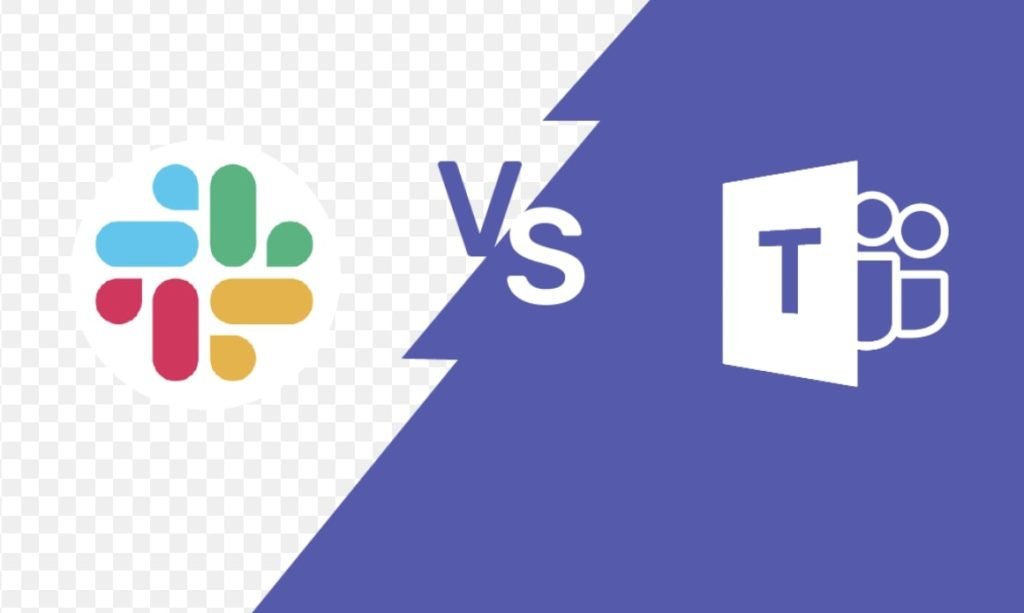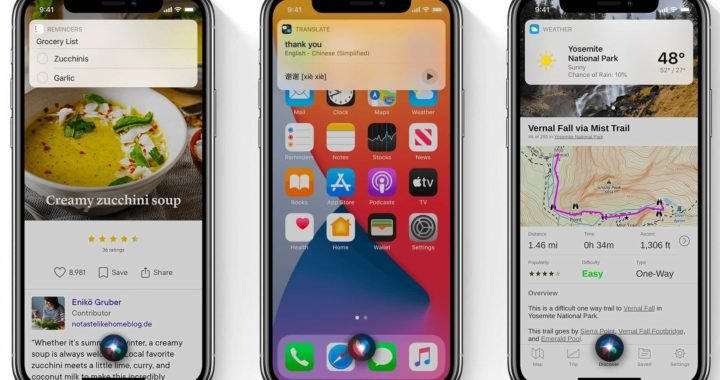Slack vs Microsoft Teams : which platform is better ?


Depending on the features you need, you might already have a clear winner. But if not, you can read our guide to figure out which is best for you.
Messaging abilities:
Both Slack and Microsoft Teams offer fairly similar conversation threads for messages including plain text and tagging. Both support GIFs as well, though Teams simply provides a more robust way to fully convey your messages. For instance, to insert a GIF into your Slack message, you must enter a command, like “/giphy image name.”

In Teams, you’ll find a toolbar at the bottom providing access to a library of GIFs and stickers. Even more, click the Stickers button to create a customized meme. Slack does offer integration with Bitmoji and similar services, but it isn’t native and easy to access as seen with Teams.
As for customizing the message interface, Slack offers a better variety. You can switch between light and dark themes to change the overall appearance. For a more customized feel, you can switch the sidebar colors between 10 options, such as Dagobah and Nocturne, that complement your overall theme.
Meanwhile, Microsoft’s client merely swaps between three general themes: Light, dark, and high contrast. There are no specific color options despite the client’s Windows-based roots.
Pricing models

Both apps offer freemium models, which is particularly attractive for smaller businesses that want to save money.
Slack offers unlimited public and private channels, file sharing, 5GB of storage, and 10 app integrations. The free plan also locks your viewable and searchable message history to 10,000 entries. There’s no indication, however, that Slack’s free plan limits the number of users accessing your workspace.
Meanwhile, the Teams platform offers unlimited messages, guest access, screen sharing, over 140 integrated apps and services, and 2GB of storage per individual (10GB shared). However, it limits your team’s access to 300 registered users. You’ll need an upgrade to add more members.
Naturally, both services offer premium packages. Slack’s Standard package costs $6.67 per person per month when billed annually. It adds unlimited apps, increases the storage to 10GB per member, enables screen sharing and guest access. You also have access to the entire message history.
Want even more? Slack’s Plus plan costs $12.50 per person per month when billed annually. It increases storage to 20GB per member, among other upgrades. There’s an Enterprise Grid plan too, offering 1TB of storage for each member, though pricing requires a call to Slack’s sales department.
Microsoft Teams only offers two premium plans. For $5 per user per month when billed annually, Office 365 Business Essentials keeps the 300-user limit but increases the storage to 10GB per license. This plan also adds OneDrive integration, Exchange email hosting, meeting recordings, support from Microsoft, and more.
The Office 365 Business Premium package removes the user and storage limits while adding even more features, such as enforced multifactor authentication. This plan costs $20 per user per month when billed annually.
Storage limits
As previously mentioned, Slack’s free model includes 5GB of file storage for a single team. Paid plans increase the size to 10GB per user and 20GB per user, respectively. There’s also a cap of 10,000 on message history for the free version, which disappears for the paid versions.
The Microsoft Teams free model offers 2GB of storage per user and 10GB total shared storage for a team. Switching to the Essentials plan increases storage to 1TB for the entire business while the Premium plan offers unlimited storage. There are no message history limits in Teams.
Integrated apps

Slack’s free mode limits app integrations to 10. This roadblock goes away in the paid plans, and here businesses can take full advantage of Slack’s more than 800 app integration possibilities. If you use another productivity app at work, there’s a very good chance it’s compatible with Slack.
Microsoft’s Teams platform takes a different approach. It offers unlimited integrations with other apps for all pricing tiers but only supports around 180 apps. However, Teams does have the best integration options with Office 365 given its designed to work perfectly with Microsoft’s suite. This may be the most important consideration for businesses that use Office 365.
Web conferencing
Slack’s free plan offers unlimited 1-to-1 voice or video calls. However, if you need additional callers in a single conference, you’ll need a paid plan, which supports up to 15 simultaneous callers.
Teams, meanwhile, has far superior web conferencing capabilities. On all tiers, including the free version, you can conference with voice or video with up to 250 people. Teams also offers the ability to record meetings (which Slack does not) and provide screen sharing (which Slack only has in higher tiers). This is a boon for team-oriented or larger companies where this type of conferencing is common.
Helper bots
Both platforms support bots. In Slack, Slackbot is a private chat window for saving links, experimenting with new integrates, and asking general questions to view more information. For instance, you can message privately with Slackbot and ask, “How do I change colors?” It then searches through the Help Center and presents links to three related articles.
The free version of Microsoft Teams doesn’t include built-in bots. Instead, you’ll find Microsoft’s in-house WhoBot in the premium models. It features a Graph AI used to gather more information about specific teams or employees — like their specialties, managers, departments, and more. WhoBot also answers general questions with employee recommendations for individuals needing help or putting together teams.
That said, both services include built-in “storage” to discover and install additional bots supporting Trello, Zoom, Cisco Webex, GitHub, Adobe Creative Cloud, and many more.
Platform compatibility
Slack is currently available on these platforms:
- Windows (32-bit) (64-bit) (Microsoft Store)
- MacOS (Desktop) (Mac App Store)
- Linux (32-bit) (64-bit) (Snap Store)
- Android
- iOS
You can grab Microsoft Teams for these platforms. What’s interesting here is that Microsoft doesn’t even offer a native Windows app, just a traditional desktop client:
You can also use Slack and Microsoft Teams as a web-based app within any modern browser.
Which collaboration app wins?
Both Slack and Microsoft Teams are excellent chat applications for organizations and companies. Ultimately, the choice between the two depends on what you’re looking for in a collaboration app. If you need a specific type of app integration, double-check with Slack and Teams to see if they support your app(s).
Overall, Slack is a bit more familiar, a bit more “comfortable” given it led the collaboration pack for so many years. It’s also an independent application that might work better for a group that’s more platform-agnostic. For that reason, it’s the ideal choice for the majority of businesses and teams looking for a reliable collaboration tool.
Microsoft Teams, however, certainly has its place. It’s better for larger, more complex companies. If a company already subscribes to Office 365, connecting with Teams is a great solution in terms of features and pricing. In particular, Teams’ more robust video conferencing should be a huge attraction for companies with remote workers scattered across the globe.






